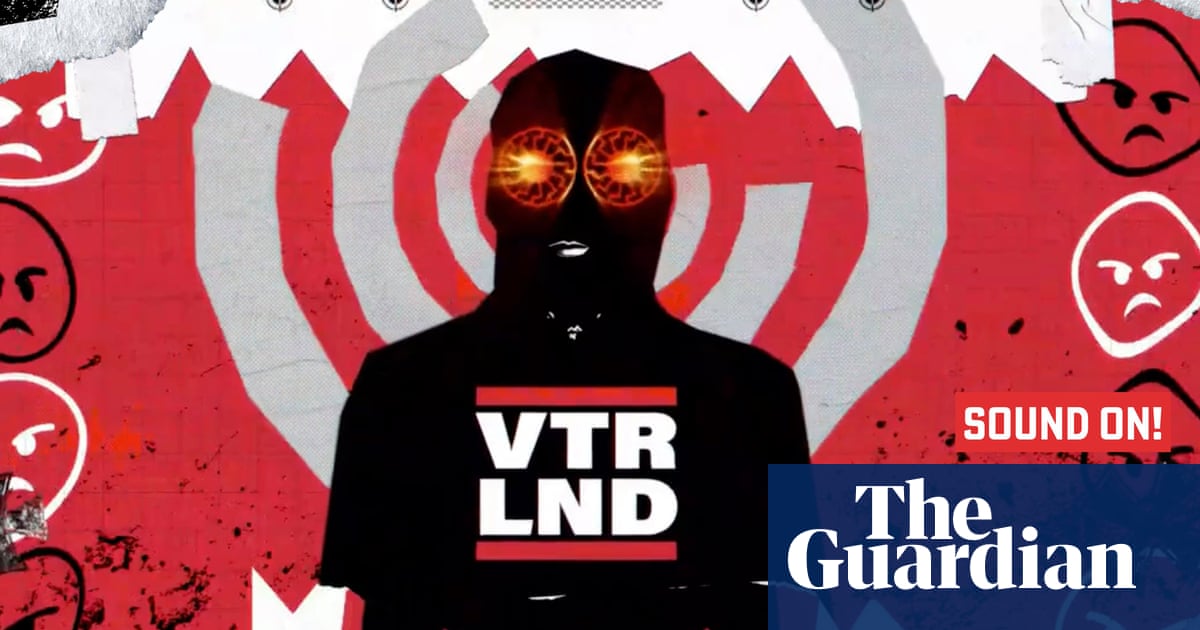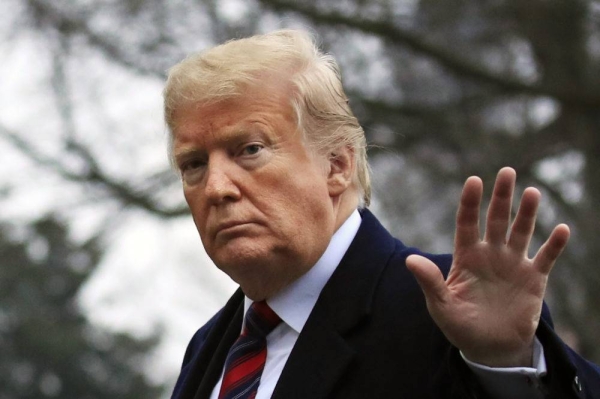
A babygrow emblazoned with the slogan “I love Htlr” was one of the more egregious items Simon Knittel came across when he started delving into the murky world of Nazi merchandise.
Knittel, executive creative director of the German advertising agency Jung von Matt, decided to take the bull by the horns and apply his creative mind to come up with a practical solution to the proliferation of far-right merchandise carrying Nazi slogans, but with their vowels removed to keep them within Germany’s postwar laws.
Found on everything from boxer shorts to beer mugs, T-shirts to cushions, hoodies to spectacle cases, the slogans are part of a booming online industry that anti-fascist campaigners say helps bolster the growing scene’s coffers and identity, as well as emboldening its members.
Htlr, vowels removed to disguise the word Hitler, which would make it illegal, is just one of many examples of abbreviations including VTR LND for Vaterland (fatherland) and HKNKRZ for Hakenkreuz, the German word for swastika.
“Nazis are innovative,” Knittel says. “And my role in this job is to solve problems creatively.” So he linked up with an anti-fascist initiative, Laut gegen Nazis (Loud against Nazis, LGN), and a Hamburg law firm, to put a dent in the neo-Nazis’ business model via the trademark office. Their campaign is called Rights Against the Right.
It has scored its first success, securing the rights at the European Trademark Office to the abbreviation VTR LND, effectively blocking Nazi online stores from using it. Cease and desist letters have gone out to inform them it is now trademark-protected and merchandise that carries the abbreviation is being sold illegally.
“VTR LND is the bestseller in three online shops, according to their own filtering mechanisms,” Knittel says. “So we’ve hit them where it hurts.”
Putting the VTR LND trademark in the hands of anti-fascists also means companies using it have to declare how many items they have sold – including historical sales – and pay any revenue earned from it to the initiative or face four-figure fines.
The income is paying for further trademark registrations – €1,600 (£1,385) an application in the European office, between €400 and €600 in Germany. “We’ve created a self-sufficient system,” Knittel says, sitting in his glass and brick Berlin office as he scrolls through some of the targeted online shops.
A separate crowdfunding scheme to ensure the campaign’s longevity – not least because the trademarks can be contested every five years if they are not being used commercially – has so far raised more than €18,000.
“This is just the beginning,” says Jörn Menge, a music manager who is head of LGN. “We’ve already applied for further trademarks for other rightwing codes, in the hope of stopping their sales. It’s perverse that they’ve been able to legally spread their views to the world and to finance themselves by peddling their wares. We’re trying to put a halt to that.”
He admits his organisation is playing something of a “cat and mouse” game with the neo-Nazis. They should not know which words have been registered so they are not able to register their own claims, he says. “We want to be able to surprise them.”
A former seller of neo-Nazi merchandise is advising the campaign. Philip Schlaffer, who ran his shop Werwolf in the northern town of Wismar on the Baltic Sea coast, now gives talks in schools on far-right grooming after a spell in prison gave him access to a neo-Nazi exit programme.
“You cannot underestimate the power these slogans have to influence young people,” he said. “The far right is putting a huge effort into finding ways to influence them – in particular since trying to shed its bomber jacket and combat boots image to appear more mainstream. In turn you can make, as I did, hundreds of thousands of euros from the merch. I shipped to England, Scotland, Ireland, Scandinavia, all over.”
Items with the HKNKRZ and VTR LND slogans were among his bestsellers, he said. “So landing a coup against merchandise is one of the strongest things you can do against rightwing extremism.”
But he says it is an uphill battle. Merchandise is only one area of influence. In others, such as the far-right music scene, slogans are often hidden in the lyrics, while far-right tattooists disguise symbols within images. “But if we can take away just one of their ‘safe spaces’, it’s worthwhile,” he said.
Among the estimated 100 such codes, some are so far impossible to ban, such as numbers: 88 stands for the eighth letters of the alphabet, or HH, short for Heil Hitler; and 18 is code for Adolf Hitler, though German authorities have clamped down on their use in recent years for car number plates.
Attempts to trademark HKNKRZ have also so far been rejected by the trademark office owing to the fact, an official said, that it is an “offence to common decency”.
Schlaffer said the reaction from within the scene, gauged on its preferred messaging platform, Telegram, “suggests in public they’re saying this is nothing, but behind closed doors, they seem pretty pissed off”.
Knittel, for whom the campaign has been something of a passion project, would now like to ramp it up by registering trademarks in the US. Also in the planning is a public database “to collect all Nazi codes, to create a commercial awareness about them as well as to make the public more alert to them”.
His idea recently received gold and bronze at the creativity awards, in which the advertising industry celebrates the year’s most impactful and innovative campaigns.
“Our idea is more of a hijack operation than anything, and for the common good rather than to make money, so it’s a little unconventional, but we have certainly caught people’s attention,” Knittel says.












